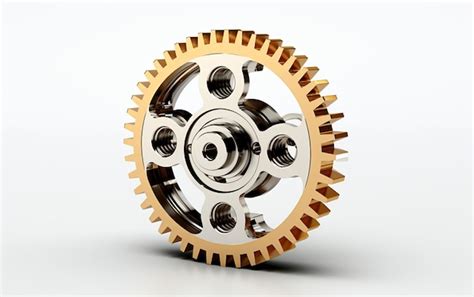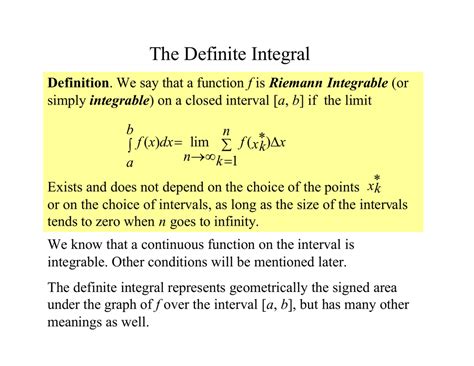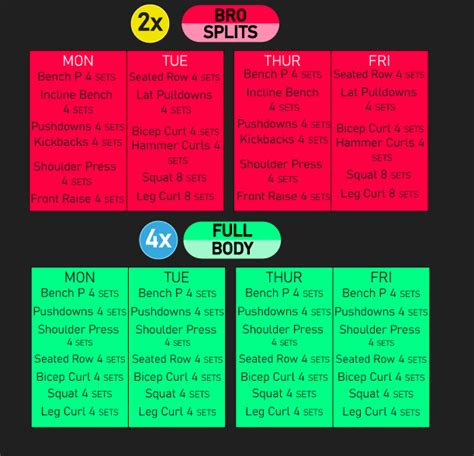How to break through a strength training plateau for peak performance?

Understanding the Plateau Phenomenon
Hitting a strength training plateau is a common and often frustrating experience for anyone dedicated to their fitness journey. It’s that point where your progress grinds to a halt – the weights you lift don’t increase, your reps stay stagnant, and your body seems unwilling to adapt further. While it can feel discouraging, a plateau is often a signal that your body has adapted to your current training stimulus and needs a new challenge to continue growing stronger. Recognizing the signs and understanding the underlying causes is the first step toward breaking through and reaching new heights in your performance.
Re-evaluate Your Program Design
The most common reason for a plateau lies within your training program itself. If you’ve been doing the same routines with the same rep schemes and loads for too long, your body becomes efficient and stops needing to adapt. It’s time to shake things up.
Vary Progressive Overload
- Increase Volume or Frequency: Instead of just increasing weight, try adding more sets, reps, or training a muscle group more often per week.
- Intensify Training: Experiment with advanced techniques like dropsets, supersets, rest-pause sets, or forced reps (with a spotter).
- Change Rep Ranges: Cycle between heavy, low-rep training (1-5 reps), moderate-rep hypertrophy work (6-12 reps), and lighter, high-rep endurance training (15+ reps).
Implement Deload Weeks
A deload week involves significantly reducing your training volume and/or intensity for a short period (typically one week). This allows your central nervous system and muscles to recover fully, repair micro-traumas, and come back stronger. It’s not about being lazy; it’s a strategic move to facilitate long-term progress.
Explore Periodization
Periodization involves systematically varying your training program over time to optimize performance and prevent overtraining. This could be linear periodization (gradually increasing intensity while decreasing volume over weeks) or undulating periodization (changing intensity and volume more frequently, even within a week).

Optimize Recovery and Nutrition
Training breaks down muscle, but recovery builds it back stronger. Neglecting these critical aspects will inevitably lead to stalled progress, regardless of how hard you train.
Prioritize Sleep
Aim for 7-9 hours of quality sleep per night. During deep sleep, your body releases growth hormone and performs critical muscle repair and recovery processes. Poor sleep sabotages your progress.
Hydration and Macronutrient Balance
Ensure you are adequately hydrated throughout the day, as even slight dehydration can impair performance and recovery. Your diet should provide sufficient protein for muscle repair and growth (typically 1.6-2.2g per kg of body weight), adequate carbohydrates to fuel workouts and replenish glycogen, and healthy fats for hormone production and overall health.
Manage Stress
Chronic stress elevates cortisol levels, which can hinder muscle growth and fat loss. Incorporate stress-reduction techniques like meditation, yoga, or spending time in nature.

Sharpen Your Technique and Form
Often, a plateau isn’t about lack of strength but a breakdown in technique. Improper form not only limits your ability to lift heavier but also increases the risk of injury.
Video Analysis and Feedback
Record your lifts from different angles and critically review your form. Compare it to expert demonstrations. Consider hiring a coach for a few sessions to get professional feedback on your technique, especially for complex movements like squats, deadlifts, and bench presses.
Mind-Muscle Connection
Focus on feeling the target muscle working throughout the entire range of motion. Slow down your repetitions, especially the eccentric (lowering) phase, and concentrate on contracting the muscle. This enhances neural drive and can make your lifts more effective.

Incorporate Novel Stimuli
Sometimes, simply doing something different can be the catalyst your body needs to adapt and grow.
Accessory Exercises and Weak Point Training
Identify your weak links. Are your triceps limiting your bench press? Do weak glutes hinder your squat? Incorporate targeted accessory exercises to strengthen these areas. For example, if your lockout is weak on bench, add close-grip bench press or tricep extensions.
Tempo Training and Paused Reps
Varying the tempo of your lifts can add a new dimension to your training. Slowing down the eccentric phase (e.g., 3-5 seconds to lower the weight) increases time under tension. Paused reps (e.g., pausing for 1-3 seconds at the bottom of a squat or bench press) eliminate the stretch reflex, forcing your muscles to work harder from a dead stop.
Unilateral Training
Incorporate single-leg or single-arm exercises (e.g., lunges, single-arm rows). This can help address muscular imbalances, improve core stability, and provide a unique challenge to your nervous system.

The Mental Game and Consistency
Physical strength is often intertwined with mental fortitude. A negative mindset or lack of patience can be just as detrimental as poor programming.
Set New, Realistic Goals
If you’re stuck on a particular weight, shift your focus. Instead of aiming for a heavier lift, aim for more reps with the current weight, perfect form, or a faster rep time. Celebrate small victories.
Patience and Persistence
Breaking a plateau rarely happens overnight. It requires consistent effort, intelligent adjustments, and a willingness to experiment. Trust the process, stay disciplined, and don’t get discouraged by temporary setbacks.

Conclusion
Hitting a strength training plateau is not the end of your progress; it’s an opportunity for growth and learning. By strategically re-evaluating your program, optimizing your recovery and nutrition, refining your technique, incorporating novel stimuli, and maintaining a strong mental game, you can effectively break through those frustrating barriers. Remember, consistency, adaptability, and a proactive approach are your most powerful tools on the journey to peak performance and continuous strength gains.







